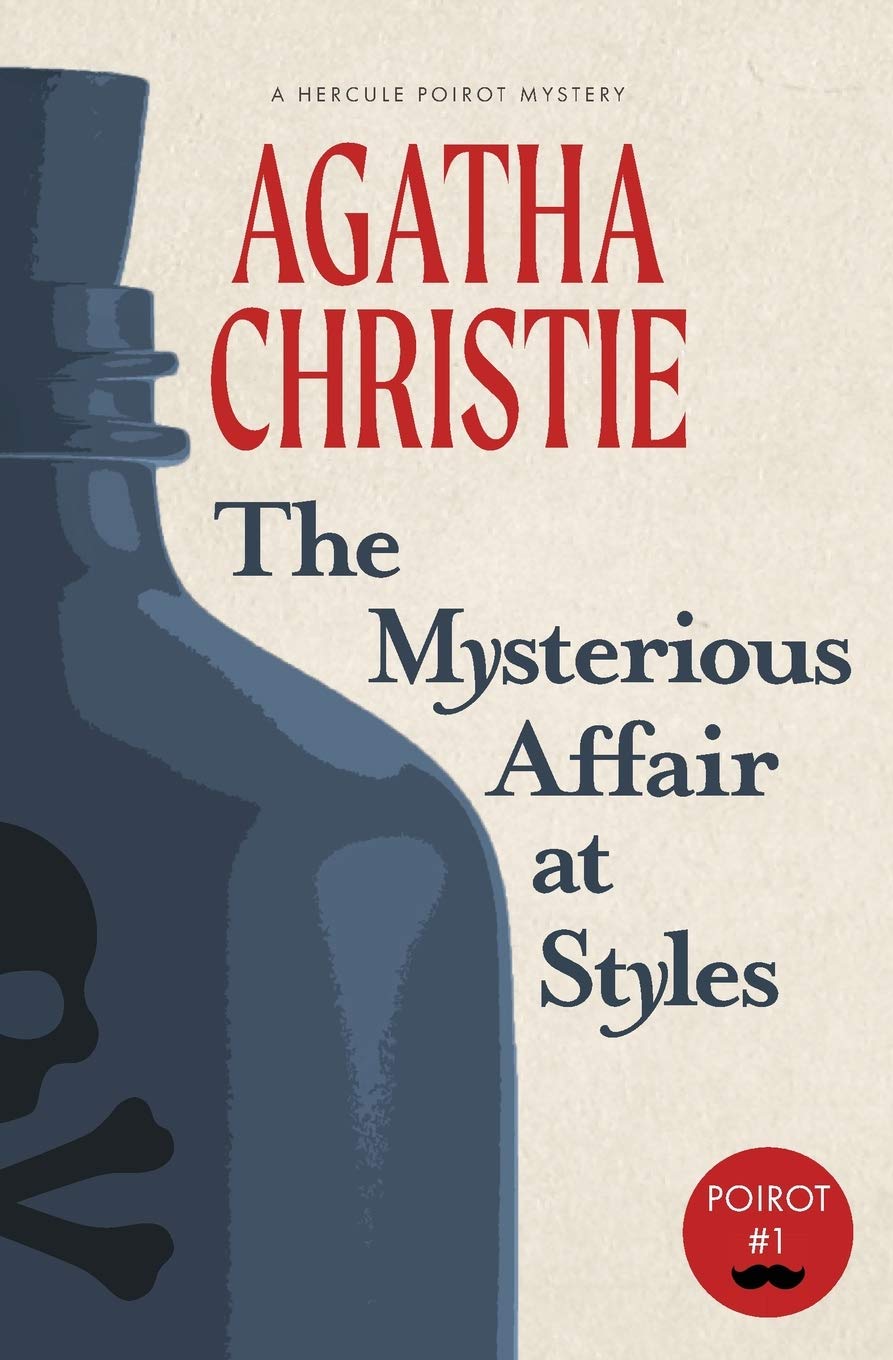CHAPTER XII — THE LAST LINK
byChapter XII begins with a sense of rising anticipation as Poirot returns to Styles accompanied by Japp and Summerhaye, ready to lay bare the tangled truths behind Mrs. Inglethorp’s murder. The presence of the detectives signals that a breakthrough has been reached, and Poirot wastes no time in summoning the household for the final explanation. Mary Cavendish allows the gathering to proceed, her calm demeanor revealing a silent confidence in Poirot’s ability to see justice through. Each member of the household enters the salon with their own unspoken anxieties, yet it is clear that the veil of uncertainty is about to be lifted. Poirot stands not just as a detective but as the orchestrator of clarity amid chaos, ready to untie every knot of confusion with logic and insight. The room, filled with tension and anticipation, mirrors the gravity of what is about to unfold.
Poirot’s methodical approach starts with a forensic dissection of the crime scene, where seemingly minor details become the foundation of his argument. He points to the stained carpet and a torn fabric thread, establishing that someone had indeed entered the room when the door appeared to be locked. This challenges the initial timeline and repositions the viewer’s understanding of how the night unfolded. He notes how confusion arose around a locked door that, in fact, was never truly secure, unraveling the assumption that no one could have reached Mrs. Inglethorp. The attention he gives to the bromide box and the way medicines were arranged shows the level of detail required to understand the murder method. In each statement, Poirot tightens the thread, slowly revealing how evidence long thought irrelevant actually formed the core of the case.
Attention soon shifts to the will, that pivotal document which Mrs. Inglethorp had recently altered but which could not be found. Poirot theorizes that she, perhaps in a moment of clarity or confusion, destroyed her own will—an act that bore great consequence. The decision to light a fire during a warm evening raised eyebrows, but Poirot reads it as a panicked attempt to remove evidence before her death. The destruction of this document adds urgency and desperation to the scene, making clear that Mrs. Inglethorp had feared something, or someone. Her motives, and the pressure she felt in those final hours, suggest that she was aware of danger. In this moment, Poirot emphasizes how the crime was not just a spontaneous act but built on emotional manipulation and long-brewing resentment.
Poirot dismisses the popular theory that the poison was delivered through coffee. Instead, he redirects the discussion toward the medicines on Mrs. Inglethorp’s shelf—common household treatments, familiar yet dangerous when tampered with. The poison, he argues, was administered through a substitution, not an addition, revealing a far more cunning plan than originally believed. The murderer had relied on familiarity and routine to carry out the plan without arousing suspicion. By subverting what seemed normal, the killer created confusion that only a meticulous observer could untangle. In this subtle shift, Poirot underscores how danger often hides in plain sight.
As Poirot walks the audience through the series of deceptions, a picture emerges not just of one crime but of a household riddled with secrets. His insights into Mary Cavendish’s role are especially poignant, showing how innocence can be mistaken for guilt when emotions and assumptions cloud judgment. The locked door, the faint footprints, and the confused testimony all fall into place under Poirot’s guidance. He does not merely accuse; he explains, bringing understanding to both the guilty and the misled. Mary’s name is quietly cleared, and with that, one layer of the household’s tension dissolves. Her relief is felt not only by her but by the audience, who have watched her teeter on the edge of suspicion.
The culmination of Poirot’s deductions leads to the dramatic reveal of the true murderer, supported by physical proof and the unraveling of motive. A forged signature, a changed routine, and the manipulation of relationships are all exposed. The motive—greed cloaked in affection—reflects the painful reality that trust was betrayed in the worst way. In classic Poirot fashion, the evidence is so thoroughly laid out that no argument can stand against it. The truth, once scattered in fragments, now stands whole. Styles, once darkened by mystery and mistrust, sees light return through the order that Poirot restores. His triumph is not in accusation, but in resolution—offering the household peace after so many days of doubt.

